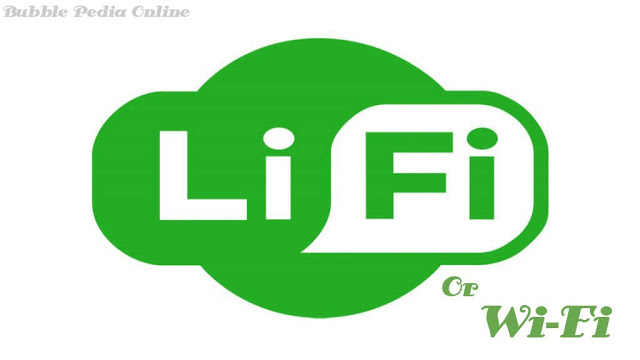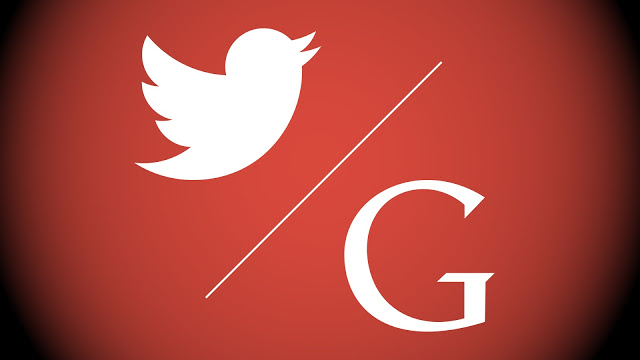Li-Fi… A 100 Times Better Technology Than Wi-Fi
Recently, a new kind of wireless internet
technology has been developed that could provide a connection that is around 100
times better and faster than the traditional WiFi.
The technology is called “LiFi”, and it was tested by an Estonian start-up
called the Velmenni, currently who are trialling it in offices.
technology has been developed that could provide a connection that is around 100
times better and faster than the traditional WiFi.
The technology is called “LiFi”, and it was tested by an Estonian start-up
called the Velmenni, currently who are trialling it in offices.
LiFi has proved enough capable of sending data at a great speed as up to 1GBps,
means around 100 times faster than the most current Wi-Fi connections.
At great speeds like this, video games, albums, and even high-definition films,
could be downloaded in a matter of few seconds.
means around 100 times faster than the most current Wi-Fi connections.
At great speeds like this, video games, albums, and even high-definition films,
could be downloaded in a matter of few seconds.
How
it works-
it works-
Speed is down to the way in which it transmits the data — by using VLC
(Visible Light Communication), data is sent between the networks by LED lights,
which flicker incredibly fast.
(Visible Light Communication), data is sent between the networks by LED lights,
which flicker incredibly fast.
Limitations-
The technology does have a major limitation – as because it relies on the
visible light to work, so it cannot pass through the walls.
However, it makes the network more secure. The greatly increased speeds make it
a large improvement on the current technology for some applications as well.
The Professor Harald Haas, from the University of Edinburgh, established the
technology and coined the term as LiFi in 2011, but this is the first time that
it has been used in the ‘real world’ setting.
visible light to work, so it cannot pass through the walls.
However, it makes the network more secure. The greatly increased speeds make it
a large improvement on the current technology for some applications as well.
The Professor Harald Haas, from the University of Edinburgh, established the
technology and coined the term as LiFi in 2011, but this is the first time that
it has been used in the ‘real world’ setting.
CEO of Velmenni, Deepak
Solanki, told the IBT (International Business Times) that the technology could
be rolled out to customers within the next 3 to 4 years.
Solanki, told the IBT (International Business Times) that the technology could
be rolled out to customers within the next 3 to 4 years.
However, due to some limitations of LiFi, it would be likely to run in the
parallel with the existing technology to improved a network’s speed and the efficiency
too.
parallel with the existing technology to improved a network’s speed and the efficiency
too.





Comments are closed.